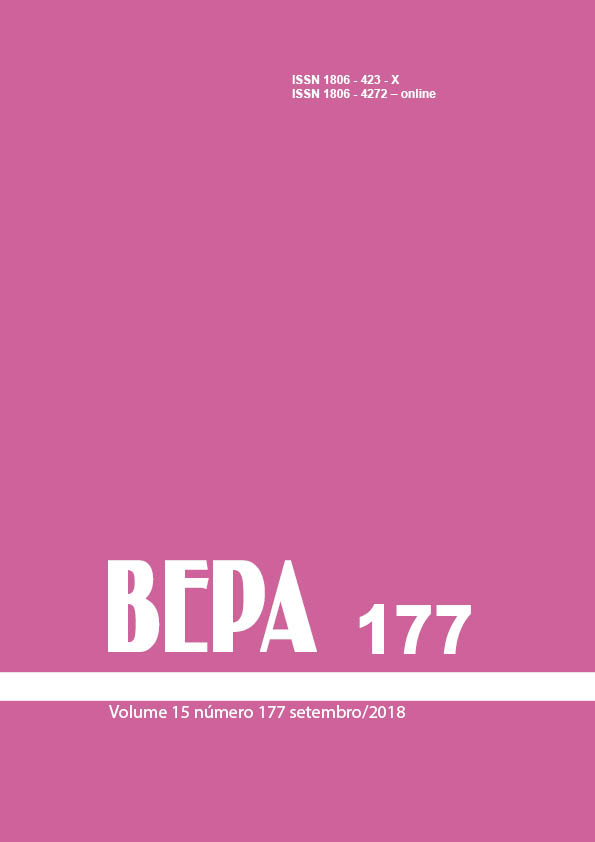Abstract
INTRODUCTION: A pertussis outbreak occurred in Brazil from 2011 to 2014. This led to the introduction of
the maternal vaccination with tetanus-diphtheria-acellular pertussis vaccine (Tdap) in the public immunization
schedule. There are other vaccination strategies involving Tdap, which could complement the strategies of
disease control. The objectives of this study are to describe the epidemiology of the disease and to evaluate
cost-effectiveness of vaccination of adults with Tdap. METHODS: 1) A review was performed in the
MEDLINE, Excerpta Medica, CRD and Lilacs databases from 2000. 2) Observational study was performed
including vaccination data and the cases reported data from health surveillance datasets in the State of São
Paulo from 2001 to 2015. 3) A descriptive study of patients aged 20 to <40 years attended at a State of São
Paulo hospital between 2010 and 2014 was performed, highlighting the use of health services.4) A dynamic
model was developed to compare the vaccination strategy with Tdap at the age of 20 years with the current
program (dT vaccination). Epidemiological and cost data were collected from health information systems
and national and international studies. Number of cases and deaths by pertussis and life years saved (LYS)
were considered as outcome. It was considered the health system perspective, a time horizon of 20 years
and costs in 2015 Real (R$). The results were summarized by incremental cost-effectiveness ration (ICER).
Univariate and multivariate sensitivity analyzes were performed. RESULTS: 1) 28 economic evaluations of
strategies with Tdap were reviewed. Vaccination of adolescents and adults were the most evaluated strategies.
Underreporting correction, use of dynamic models, herd protection and high vaccination coverage influenced
positively the performance of strategies. 2) The incidence of pertussis increased between 2011 and 2014, and
its fall in 2015, among all age groups. Infants were the main affected, but the proportion of cases in this age
group showed a downward trend over the years. The proportion of cases aged 1 to <4, 5 to <10 and ≥20 years
increased significantly. There was a non-significant decrease in the proportion of cases aged <2 months of age.
3) Among 36 cases studied in the hospital, 33.3% had a prior medical visit, 25.3% a return visit, and 8.33%
were hospitalized. Blood count and chest X-ray were the most performed exams. There were no complications
or death. 4) Vaccination of adults with Tdap, with 40% vaccine coverage and 75% effectiveness, including
herd protection for children less than one year, would prevent 19,300 symptomatic cases and 221 deaths in 10
years. The ICER would be R$ 28,054.38/AVG. In the sensitivity analysis, the results were more sensitive to
variations in incidence and withdrawal of herd protection. CONCLUSION: The cyclical pattern of the disease
is the main cause of the pertussis epidemic between 2011 and 2014, and decreasing incidence in 2015. Adult
vaccination with Tdap was not cost-effective in the 2015 Brazilian scenario.

This work is licensed under a Creative Commons Attribution 4.0 International License.
Copyright (c) 2022 Eder Gatti Fernandes
